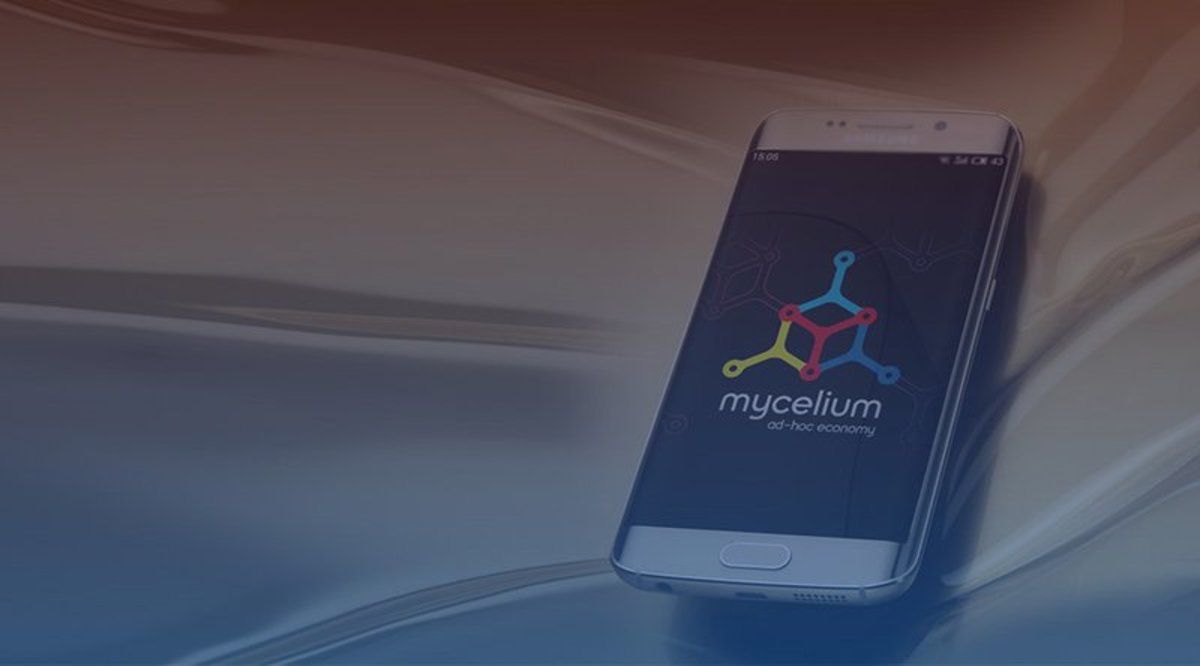
In a month of big news for the Bitcoin wallet, Mycelium has announced the integration of Glidera. Now, users can buy and sell bitcoin in the United States and Canada through the oldest wallet in the Bitcoin space besides the original Satoshi client.
“We’re excited to join forces with the Mycelium team and bring this new service to Mycelium users,” said Dave Ripley, CEO of Glidera. “Mycelium offers one of the most secure and easy-to-use wallets on the market, and the addition of Glidera will further improve the experience for new and existing users.”
Glidera does not hold customer funds at any time and will manage compliance, payment fraud management and liquidity challenges.
“The Glidera integration reinforces the broader Mycelium vision of becoming the user’s hub for financial services,” said Nikolay Chichkanov, vice president of product for Mycelium. “We plan to continue investing in the Mycelium wallet, bringing more value to users.”
The news comes on the heels of major milestones for the Mycelium project. With less than a day left in its crowdsale, Mycelium has raised 2,145 bitcoins at approximately a $19 million valuation.
The company has been selling a 5 percent nondilutable stake in Mycelium since May 1, and it will continue until May 18. This stake will grant the owner rights to any future company growth, similar to a stock, but in the form of a Stock Appreciation Rights (SAR).
“Like stocks,” Murashchik explains, “that grant you ownership of a company’s assets, and that the company can buy back from you in exchange for company cash you technically own, SARs grant you rights to a company's assets, but you can cash out on your own.”
One of the longest-standing Bitcoin companies is poised to become the first one to sell a stake directly on the blockchain.
In April Mycelium announced a new wallet, which will feature a range of products and integrations designed to simplify the use of blockchain assets. The company, which announced the new wallet on Reddit, expects to shortly integrate various API integrations for developers and business representatives.
Mycelium developers, burdened by fulfilling customer requests for no payment, made the choice to allow others to integrate services into the Mycelium wallet. Now people can run their businesses on the wallet.
The company started before Satoshi Nakamoto introduced Bitcoin, first as a decentralized message transfer hardware. The firm switched to Bitcoin soon after it was released, “since Bitcoin is likewise a decentralized method of transferring messages,” according to Mycelium community manager Dmitry “Rassah” Murashchik. Mycelium says it now has more than 250,000 users.
“We have very few serious competitors, and a huge time advantage over others, having already started on our new platform project, and already having developed business relationships with companies providing their services within our wallet,” Murashchik explains. “The business plan we are targeting ‒ an app platform connecting users to businesses ‒ has already been tested and proven to work. We have built our entire company on having a strong reputation, being open about our intentions and our activity, and plan to continue doing so in the future.”
The initial planning stages for the new direction were held back in August, and work started in October.
“Unfortunately, our original plan of using Java for Android and RoboVM to emulate Java on iOS had a major setback, when Microsoft bought RoboVM and un-opensourced it,” Murashchik said. “That set us back probably a few months. However, just in time, React Native released support for Android, and we quickly switched to that. We considered React Native earlier, but with it only having support for iOS at the time, we dismissed it.”
Mycelium has thus far designed for its new project a functional demo wallet that works with testnet bitcoins, and is only now starting to build out the API and other functions. There has yet to be much precedent for a universal Bitcoin wallet. The overall idea, nevertheless, is fairly well-established and understood in the Bitcoin Community.
“Just as you may have a bare Android OS that lets you expand its functionality by downloading more apps, while Google earns money on paid apps, we plan to have a bare wallet that lets you download plugins, while we earn money on the paid ones,” Murashchik explains.
The new Mycelium suite stands out because of its support for multiple digital currencies and blockchain-based assets. Thus, users will need only one wallet ‒ the Mycelium wallet ‒ to manage multiple digital assets. Mycelium says its customers have simply requested such a tool.
“We are more interested in being able to store digital assets that either have some function, like Ethereum, Namecoin, Factom, Maidsafe and things like that, or that have real world backing, such as company stocks, fiat-backed tokens or digital registry of physical assets like deeds to property,” Murashchik told Bitcoin Magazine. “The new functionality will be agnostic to any kind of cryptoasset.”
Developers will be able to use the API for Litecoin, Dogecoin, Ethereum and other blockchain assets in what Mycelium calls a “Crypto-Swiss knife.” Mycelium also boasts bookkeeping, receivables, expenses, invoicing, social media and contacts to better manage one’s blockchain-related financial world.
Other features dreamed of in the future include support for fiat accounts, remittances, virtual and physical debit cards, a personal finance manager, an investment platform, escrow accounts and digital asset creation and exchange functions.
Mycelium already offers a few third-party features. It consistently receives requests from other companies to add new features. This has, ultimately, cost Mycelium resources and money.
“Every time we obliged,” Murashchik said, “meant that one or more of our developers would have to be set aside to do the coding themselves, costing us valuable time and resources. Frustratingly, it also kept distracting us from our core goals, which is to create the most up-to-date, functional and privacy-focused Bitcoin wallet.”
The team has struggled for years to find time to add support for CoinJoin and stealth addresses.
“Eventually we just had enough,” he said, “and decided to make a wallet that would allow others to add their own features themselves, while leaving us to focus on just the things we believe are important. I was also concerned about feature creep in our current wallet, where all the things are very tightly integrated and difficult to manage, and looking at the example of the years it took for Core to be broken up from the nose, wallet and miner into its various components, wanted us to break our app into smaller modular sections while we still can. Setting ourselves up as a platform for cryptofinance to make money from connecting businesses to users was a nice benefit, too.”
“Our current wallet is becoming a bloated monstrosity, where you have no choice but to download and use all of our third-party features,” Murashchik admits. “This makes it difficult to code, and makes security audits more complicated. A change in one feature could expose users to a security hole in another. Breaking the wallet into modules and adding plugin support will limit security audits to individual separate components, and will allow users to choose which functions they want and which they don't. Those who want a light, secure wallet that focuses on user privacy will have that option, and, likewise, those who want a feature-full wallet that lets them share their life and money with family and friends will have that option as well.”
To be sure, Mycelium is not looking for traditional investors: “We are just offering our users and other crypto-anarchists a way to both contribute to our new wallet, and receive a stake in our possible future growth.”
Users can register for the crowdsale on Mycelium’s website. The Mycelium tokens are sold as colored coins using the Colu platform. Participants purchase tokens in bitcoin, and receive upon the crowdsale’s end.










